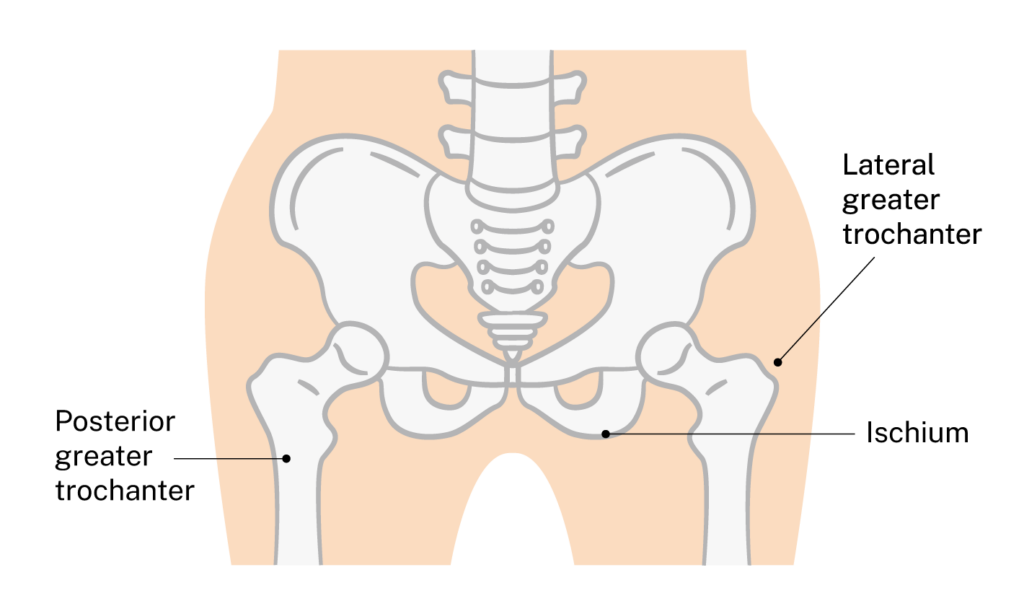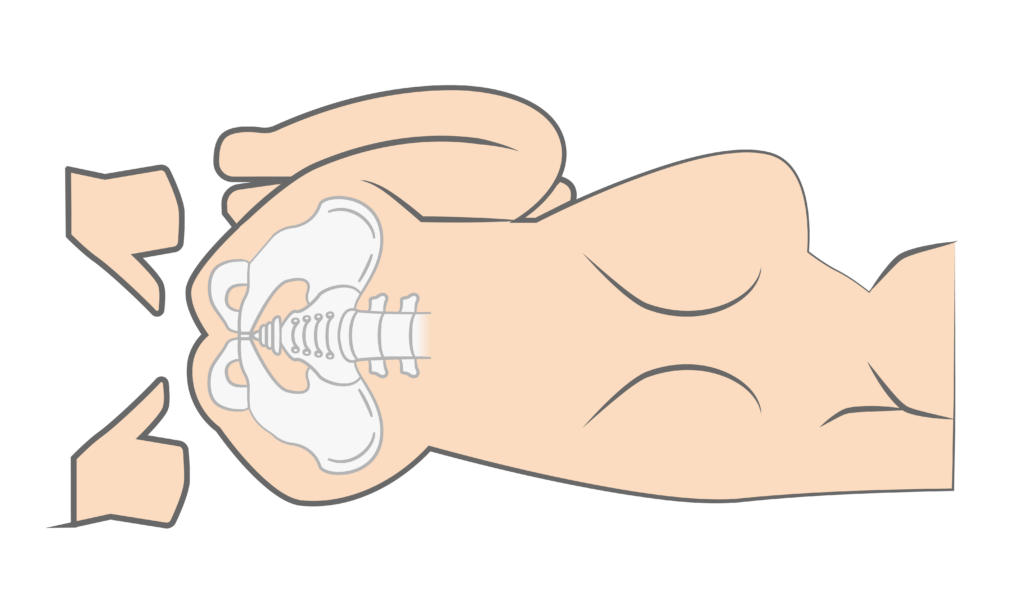Assessment of skin breakdown
Early identification of the skin injury
Intensive short-term investment at an early stage can prevent ongoing deterioration of the area and the prolonged presence of pressure injury.
- History: explore when the area of concern developed, whether it is new or recurrent, if there was any change to the routine or equipment, or whether a contributing event, such as a fall or deflated cushion may have occurred.
- Staging: determining the stage of a pressure area is important for developing a management plan, monitoring progression or healing, facilitating communication and assisting in documentation. If the area is red and it does not fade within 30 minutes, then this is a stage one pressure injury. More information on pressure injury staging can be found on the Agency for Clinical Innovation’s online Pressure Injury Toolkit.
- Skin changes: Treat any change to the skin as a cause of concern. This is crucial if it is close to or over a bony prominence. Changes can include pimples, rashes, scrapes, burns or bruises.
Identify correct body location
An accurate assessment of the location of skin breakdown is crucial in devising a management plan. Skin breakdown commonly occurs over bony prominences, such as a greater trochanter or ischium.
The ischium can be located by bending the knees up into a 90-degree position in side-lying. The ischium is located at the centre of the buttock at the lowest position. The greater trochanter will be lateral to the ischium.

Common areas of skin breakdown: ischium and greater trochanters.
Image source: QSCIS

Locating the ischium in side-lying.
Image source: QSCIS
Identify the cause
- Try to problem-solve why the skin breakdown occurred. This will assist with preventing future issues and provide an opportunity to seek assistance with any urgent changes to the routine or equipment.
- Manage intrinsic factors, such as nutrition, diabetes management, spasticity, joint range and oedema.
Seek help
- The goal is to perform a holistic objective assessment to review the wound care, causative factors and monitor the progress of the wound. This will determine the best progression for returning to sit, once healed.
- Partner with the person and be realistic about goals and outcomes.
- Seek early assistance and advice from the QSCIS team.
For urgent consultation
On-call Consultant Spinal Injuries Unit,
Princess Alexandra Hospital Ipswich Road,
Woolloongabba, Queensland.
Switch: (07) 3176 2111
Ask for the SIU Registrar on business days or an on-call SIU Consultant during after-hours for the Spinal Injuries Unit.
For a review at the Spinal Injuries Unit outpatient department
Referrals can be faxed through the central intake hub on 1300 364 248.
To link with community services
Contact Spinal Outreach Team at 3176 9507 or spot@health.qld.gov.au
Pressure Injury Toolkit for Spinal Cord Injury and Spina Bifida – Assessment
Agency for Clinical Innovation